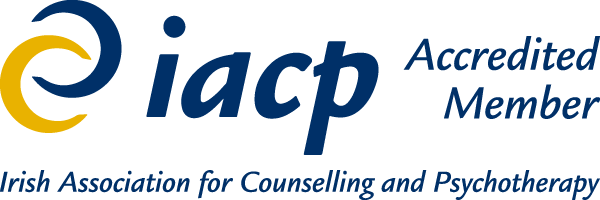There are several different models of counselling. Here you will find more information on some of the different types. By understanding the different approaches, you may have a better understanding of what works best for you. Your therapist will go through these different types of therapy with you. Together you decide the best approach for your needs and personal situation.
Psychodynamic Therapy
In Psychodynamic Therapy, a therapist talks to a client about what is bothering them and checks what patterns have developed over time. This is done by evaluating emotions, feelings, beliefs and early-life events.
If there are things in our past that we don’t want to deal with, we try to avoid them by developing defence mechanisms to help us cope. However, sometimes our past has a habit of catching up with us and impacting our lives in the present. By recognizing recurring patterns, a therapist can help clients talk about past events and help them begin changing those patterns. Clients must speak honestly about their thoughts, feelings and fears. Painful as this may be, great strides can be made by partaking in the process and talking about those issues.
Psychodynamic Therapy can be a lengthy process, but by using a sensitive and delicate approach, the results can be of immense relief to the client. This aids people to live a more happy, fulfilled life. When done correctly, this reduces the risk of re-introducing trauma into the client’s life.
Read more about Psychodynamic Therapy here.
Cognitive Behavioural Therapy (CBT).
Cognitive Behavioural Therapy, more commonly called CBT, is based on the concept of how we act on our thoughts, beliefs, and behaviours. Our thoughts have an effect on what we believe, and how we behave. It’s natural to think that what’s happening in our lives, is beyond our control. This model of counselling is more client, action and results focused than other methods.
Thoughts can overwhelm us in a negative cycle of thinking. By taking a moment and checking with ourselves, we can gain greater control. CBT deals with current issues, rather than focusing on issues from the past, so it is a short-term talking therapy.
CBT can help to manage negative thoughts. It uses a solution-based approach of thinking about and dealing with a problem, rather than reacting immediately. By taking our time and thinking more positively, these behaviours can be changed. CBT challenges a person to change patterns of negative thoughts into rational and sensible thoughts. This helps a client to be more aware of the impact negative thinking can have. In this way a person is able to adjust their destructive thoughts and beliefs into alternative, positive ways of thinking, which is a more comfortable space to be in.
A CBT therapist will talk to you about what has brought you to therapy at your first session. Following that conversation, together you can decide if CBT is a good fit for you. It involves some work on the part of the client, as does all therapy, in order for the process to work. Your therapist is there to facilitate and assist to help you with the process. Click here to reach out and speak to an experienced therapist.
Read more about CBT here.
Mindfulness
Mindfulness is living in the present moment and being aware of what is happening around us. It is a way of indulging ourselves to help us stay calm in the midst of the chaos which can sometimes be our daily lives. By practicing mindfulness, we become aware of taste, smell, and the beauty around us. It is a very powerful means of finding inner peace which can be a stabilising factor in the relationships we have with ourselves and others.
In essence, Counselling / Psychotherapy is about exploring how best to deal with what is happening in our lives. It helps us to reflect on the way we think and behave and discover a better understanding of ourselves. This, in turn, can help us to live a more fulfilled, fun-filled life.
Read more about mindfulness here.



